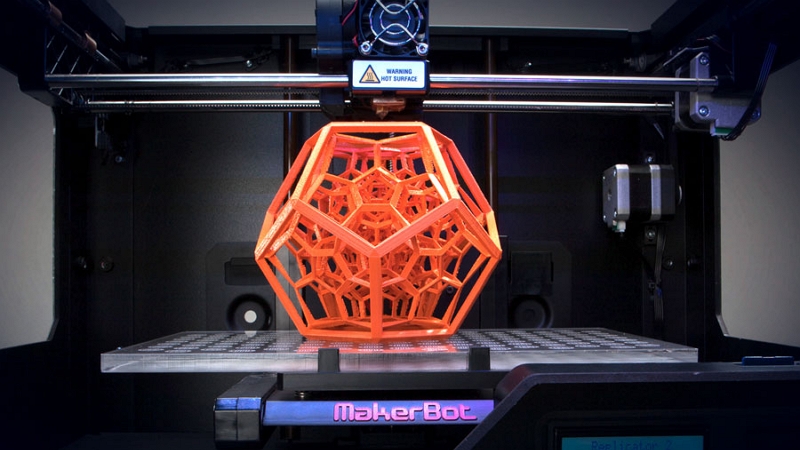Many businesses are opting for print in 3D today for developing their business prototypes. In fact, the advantages of 3D printing is exciting.
In the field of business, engineering and medicine and more, 3D printing has become a thing of fashion. Offering a plethora of uses, 3D printing gives birth to an idea. Not to mention it brings life into a prototype model and aids a manufacturer in understanding whether his business investment will bring fruit or not.
3 ways of 3D printing
Now, this print in 3D features a plethora of perks and is done in 3 primary ways:
Injection molding
Subtractive manufacturing
Additive manufacturing
Today’s blog will, therefore, discuss the advantages of 3D printing! However, before proceeding to that, let’s review 3 ways of 3D printing.
1. Injection molding
Injection modelling involves manufacturing products in humungous volumes. Mostly this is used in creating mass prototypes where one part of production can manufacture thousands of times.
2. Subtractive Manufacturing
Subtractive manufacturing is usually done via a CNC machine and mainly involves cutting a solid material for example metal to develop a 3D prototype. This is mostly used to make initial product prototypes.
3. Additive Manufacturing
Popularly known as 3D printing, additive manufacturing involves using a computer file to create 3D objects. In short, a 3D digital file is developed that is used to build the prototype. This digital file is then sent to a 3D printer for undergoing the manufacturing process.
Now, this printing is done by a consecutive layering of materials in an additive process; from plastic to metal a variety of components is used for this procedure.
5 Advantages Of 3d Printing
1. Cost-Effective
When it comes to old-school methods for ‘prototyping injection mold tools’ the procedure is quite costly. Hence, modern 3D printers offer cost-effective solutions to create tools and parts at a cheaper rate. Why? Because these machines are not as costly as traditional devices.
For example, consider prosthetics legs and body parts. In normal cases, these prosthetic body parts are subjected to loads of wear and tear as a result, they need quick manufacturing. However, conventionally creating them increases cost of production to $ 10,000. Nonetheless, if one creates the 3D prototype of these, the cost is reduced significantly.
What’s more? Young kids mostly outgrow prosthetics limbs, so manufacturing them the traditional way is a waste of revenue. Thus, the 3D versions are handier in such cases.
2. Faster Production
Traditional creation of 3D prototypes requires quite the manual and machine labor. You’ll have to invest in tools, machinery, labor and whatnot. What’s more? The time taken for production is longer, depending on the prototype designed.
Most take about 2 weeks or more. Additionally, one has to re-design the prototype and repeat this taxing procedure all over again.
However, with 3D printing, the entire ordeal of prototype creation takes a few hours at the max. If you start building it in the morning, by night your design and prototype are ready. All you need to do is design the model and make sure this file is deemed readable by the printer.
As soon as it is comprehensible, the printer will start developing the prototype according to the material you selected for the prototype.
3. Risk Mitigation at Best
Suppose you’re thinking of investing in a project, then you can use a 3D printer to test out a model before investing in it. So, once you bring life to your prototype and witness its pros and cons, you can pick out a costly molding tool and design/redesign the prototype as per your requirements.
4. Simple Customization
Most industries produce their models/prototypes in masses. Hence, from the same mold, similar products are duplicated, there less chance of authenticity.
However, with the use of 3D printing, anyone can customize their designs by modifying portions of the design. This is extremely beneficial when one deals with prototyping medical equipment or dental models.
5. Use of Miscellaneous Materials
When it comes to mass production, it is not advisable to mix up unknown raw materials. Why? Firstly, its chemical and physical attributes can be altered, which may cause issues. Secondly, it is undoubtedly expensive.
However, when it comes to 3D printing, this endeavor is quite foresighted. Today, 3D printing is compatible with glass, ceramic, metal, gold, plastic, food and even biomaterials etc.
On that note, weren’t these benefits just mind-blowing? So, what are you waiting for? Hurry and bring life to your design by investing a print in 3D company today!

